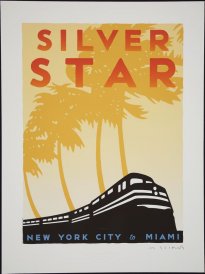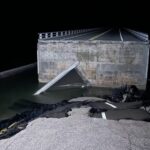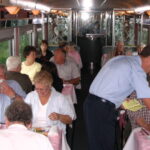Amtrak Numbers Are Still Up.
When the national news media writes about Amtrak, it’s almost always about the Northeast Corridor and usually about late trains or service disruptions because of bad weather. Trains running on time 98-percent of the time? Trains carrying close to 80-percent of the people who travel between New York City and Washington? That’s nice, but it’s not news.
In the meantime, Amtrak also operates trains on some 50 other routes around the rest of the country and several of those have multiple trains running every day. Mostly, the media ignores Amtrak’s long-distance network, except when a writer takes a cross country train ride and waxes eloquent about the passing scenery.
If the national network is discussed in any other context, it’s invariably and erroneously stated that the long-distance trains lose mega-millions and are the primary reason why Amtrak needs an annual subsidy.
No one really in the know believes that to be the case. The fact is, ridership across the country continues to be strong and is actually increasing on many routes. Amtrak’s 15 long-distance trains carried 4.66 million passengers in FY2016, which is a 3.7% increase over the prior year … and that’s despite aging equipment and infrequent and/or inconvenient schedules. The latest report also offers tantalizing glimpses into some specific routes.

As a marketing experiment, the full-service dining car was removed from the Silver Star and replaced with a diner/lounge. At the same time, fares for sleeping car passengers on that train were reduced, no longer including the cost of meals. Admittedly, this is hardly conclusive evidence and the formal evaluation continues, but for the past 12-months, ridership for the Silver Star was down by a full 5%.
By contrast, a dining car is still included in the Silver Meteor’s consist and meals for people traveling in the sleepers are included in their fares. Ridership on the Meteor is also down, but only by 1.9-percent. Make of this what you will.
For sheer numbers of riders, the two busiest trains were the Empire Builder (454,625 passengers) and the Coast Starlight (453,131 passengers). The biggest increases in ridership over last year were by the California Zephyr (up by 11.2%) and the Lake Shore Limited (an 8.7% increase).
The National Association of Railroad Passengers (NARP) keeps saying that people want more and better passenger trains and the numbers certainly seem to back that up. The big question is, how much longer will ordinary folks keep riding without seeing better and newer equipment running on expanded schedules?



